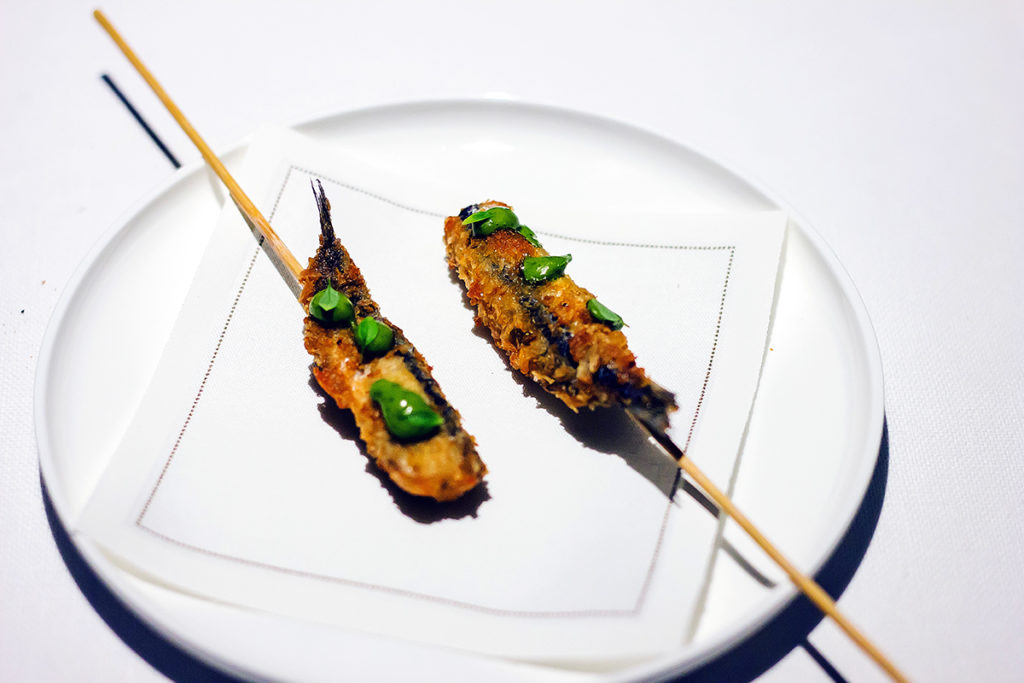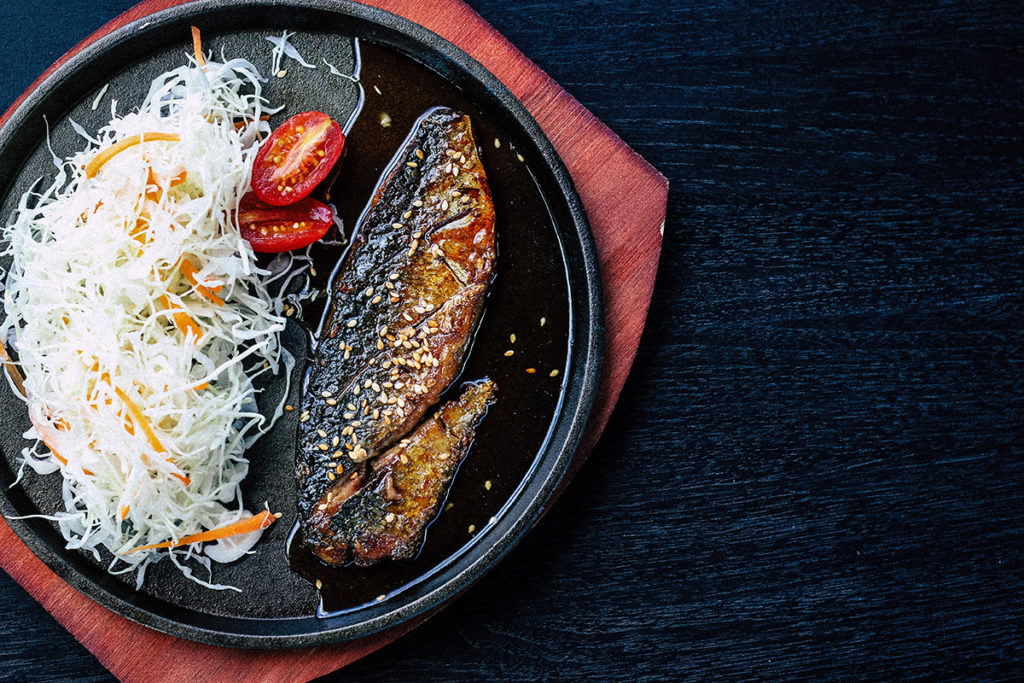To date, I’ve lived in two countries, neither of which are host to even one Michelin-starred restaurant. I would argue however that I have tried some delicious food, served in restaurants proudly boasting other achievements—Chef’s Hats and TripAdvisor stars to name two. And yet the mystique of the Michelin star remains, with each star elevating our perception of food that perhaps does more than just feed you. But is this a just elevation to make?
The perceived value of the star must simply be accepted—this value being recognized both by guests and proprietors (most of whom are chefs). With the awarding of a star comes a flood of tourists, often booking establishments out for weeks or even months at a time. These stars are like marketing campaigns that singlehandedly draw exponentially increased attention to a restaurant on account of perceived quality on the part of the customer.
On the other hand, these little red stars are symbols of achievement for chefs whose passion for cooking good food has taken a sharp bank into perfectionism. Gordon Ramsay, known largely for his outbursts on reality TV (with a particularly memorable “Idiot Sandwich” incident), reportedly cried on account of losing two Michelin stars in 2013, explaining that “[it was like] losing a girlfriend.”
Michelin stars have been given out since 1933, awarding them based on the following merits: one star for “a very good restaurant in its own category,” two stars for “excellent cooking, worth a detour,” and three stars for “exceptional cuisine, worth a special trip.
With the value ascribed to the stars, I was jittery and eager, jumping at the opportunity to try a meal prepared by a two-Michelin star chef. This article is less about the meal itself (though the cold smoked duck breast with pickled red cabbage, foie gras parfait, and candied walnut was delicious, well-cooked, and stunning to look at). Rather, this article is more about my realization after the meal that what I had eaten was great food and that this was aided largely by my expecting it to be just that.

Michelin stars have been given out since 1933, awarding them based on the following merits: one star for “a very good restaurant in its own category,” two stars for “excellent cooking, worth a detour,” and three stars for “exceptional cuisine, worth a special trip.”
The Michelin Guide though first saw light in 1900, put into publication by car tire manufacturers and brothers Édouard and André Michelin as a guide for individuals touring through French towns. The guide provided the locations of hotels, auto-repair shops, and other establishments that could aid the year 1900 road-tripper on their technologically light journey.
One would have had to be rather well-off to be driving a car in 1900, and it comes as no shock that this publication was intended for a niche group of readers, the Michelin man, i.e. the company’s mascot, often rendered holding a champagne flute, chomping on a cigar, and wearing a pince-nez.
The Michelin star maintains the value imbued in it, conquering the criticism it is familiar with, and continues to be a bastion of excellence revered by patrons and chefs alike.
Gradually, the picture explaining how one of these illustrious stars can create so much value becomes clearer. We are now stepping back from our enthusiastic elevating of awarded restaurants and looking at all that’s going on.
In addition to the guide’s target market, a look at the longevity of the guide is merited as we realize that the publication, though suspended during them, existed before and then outlived both World Wars—certainly lending a tried and tested value to the guide. We see, too, the shroud of mystery cloaking the evaluation process of the guide and how this intentional non-transparency generates excitement. Inspectors are advised not to disclose their being inspectors to anyone, not even family members.

Granted the presumably tight management and communication within the Michelin organization, it’s no surprise that most of the globe’s cities haven’t even been visited by inspectors. It is for this reason that many brilliant chefs in Australia, New Zealand, and the Philippines to name a few, continue to produce delicious food without any Michelin stars. I hasten to say that this imbues me with a feeling that I’ve eaten at a few places of Michelin-star quality, just that they haven’t been reviewed.
At least in my brief encounter with food prepared by a Michelin star chef, I found myself more fastidiously looking for flavors, more gently cutting and portioning the food, giving the food its best chance to delight me. I certainly don’t do the same thing at McDonald’s.
People travel to Europe and Tokyo, where Michelin stars appear to be concentrated, and spend large sums of money to dine at awarded restaurants. Without doubt, these establishments serve delicious food. The weight however that these stars put on the feeling that what we had was in fact delicious cannot be discounted.
At least in my brief encounter with food prepared by a Michelin star chef, I found myself more fastidiously looking for flavors, more gently cutting and portioning the food, giving the food its best chance to delight me. I certainly don’t do the same thing at McDonald’s.

Do not get me wrong: The food was absolutely delicious. I must admit that the mindset with which I approached the meal was that it would be that exactly. It was almost as if it had been built rigid in my mind that it would be a brilliant meal and so I took every possible opportunity to make it so. Perhaps the delightful little flavors I picked up and were surprised by needed the unusual focus I kept while eating my meal.
This perceptiveness can however be employed in eating any meal; the meal in question needn’t have any award attached to it. Without a doubt, I hope to fly soon to tour France and dine at as many Michelin-starred restaurants as I can, but maybe my attention to details and tastes while eating a meal needn’t lay in wait.
The Michelin star maintains the value imbued in it, conquering the criticism it is familiar with, and continues to be a bastion of excellence revered by patrons and chefs alike. But the attitude that we as diners bring towards the meals we eat can always be one that is open to quality, to being surprised and delighted.
The fellows behind famed Michelin-starred restaurants will never know who inspected their establishments, and so how will you know that one isn’t next to you wherever you may eat?






How insightful! I’ve always been curious how restos are given that Michelin star rating. Having said that, I’m pretty sure there are unrated restos in the Philippines that can be or are already at par with Michelin-rated ones.
We’d like to believe so too Linnor
Very well written.
Great article Jaymes